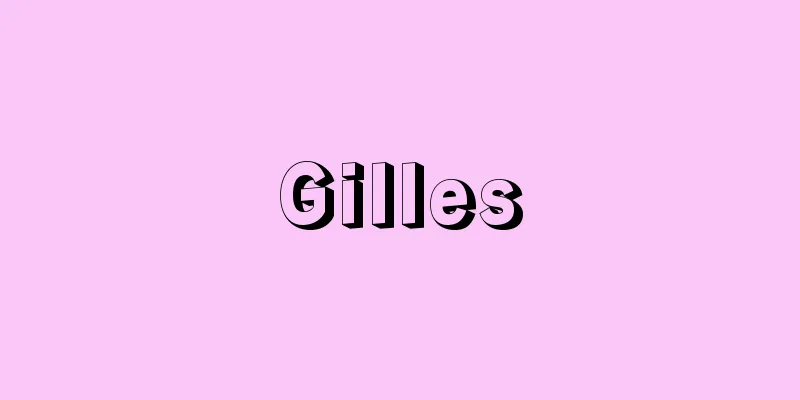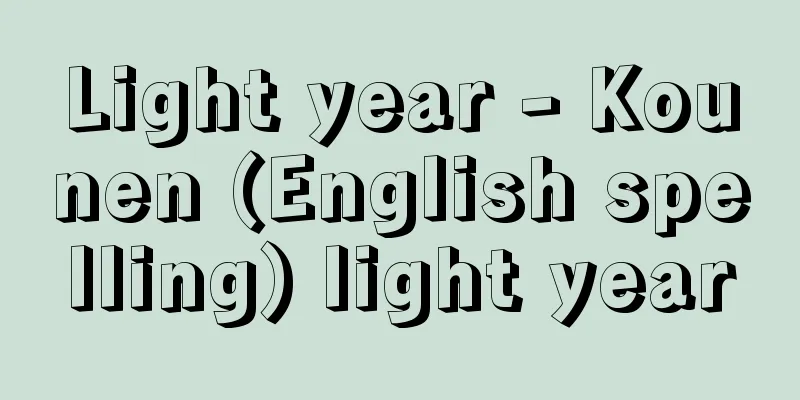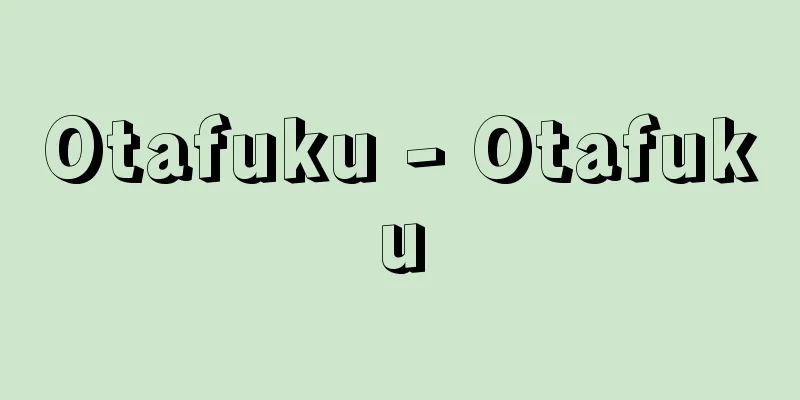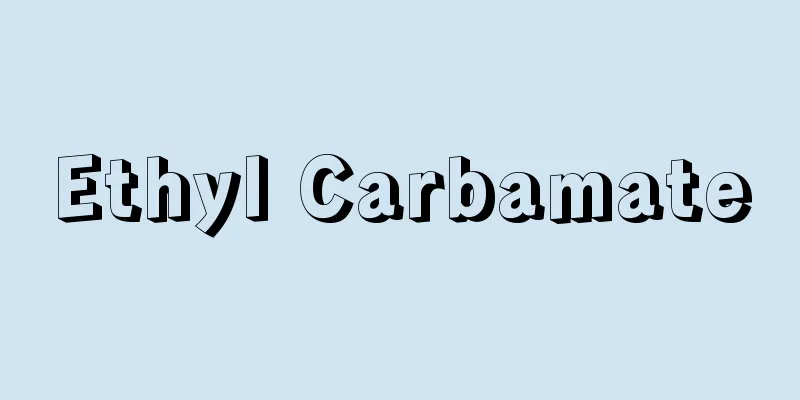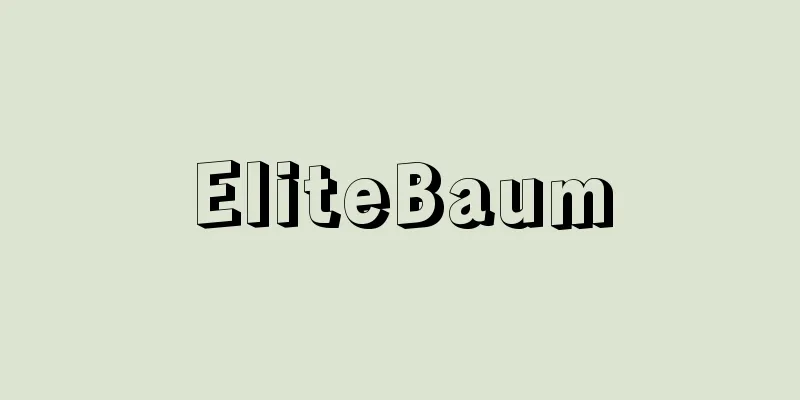Uchigumori - Uchigumori
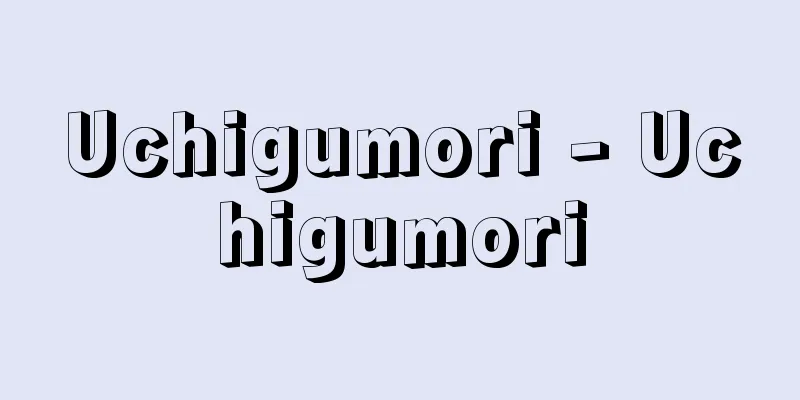
|
〘Noun〙① A type of torinoko paper. A thick paper made by layering and filtering blue clouds on the top and purple clouds on the bottom. Used for colored paper and short strips of paper. Usually the blue clouds are placed on top and the purple clouds on the bottom, but for Buddhist ceremonies, memorial poems, etc., they are used the other way around. Cloud paper. ※Sankaiki - December 27, 1161 (first year of the Oho era) " A letter presented and given ( no thin outline but an inner shadow )" ② Purple cloud-shaped paper for kaishi and short strips of paper. ※Toraakihon Kyogen and Renga Jittoku (late Muromachi period - early modern period) "In the mist of the hanging stone, a god hid himself and disappeared." ③ A type of cup. An earthenware with a black three-star pattern on the inside. ※Kyo-ka Daidan (1703) 1 "Even if the clouds in the clear sky are still there, I wait for the moon"④ A type of whetstone . It is mined from Narutakiyama in Ukyo Ward, Kyoto City. It is yellowish-white with purple patterns. It is used to sharpen swords. Narutaki whetstone. [Nihon Sankai Meisan Zue (1799)] [Additional notes]Regarding ①, one theory is that the top and bottom are not reversed depending on whether it is good or bad luck, and when purple is valued, for example, when writing the poem "Kasugano no Wakana no" from "The Tales of Ise," purple is placed on top [Anzai Essays]. Similarly, in the Reizei family, blue is used on top in spring and summer, and purple is used on top in autumn and winter [Karaki Essays]. Source: The Selected Edition of the Japanese Language Dictionary About the Selected Edition of the Japanese Language Dictionary Information |
|
〘名〙① 鳥の子紙の一種。上方に青色、下方に紫色の雲形(くもがた)を重ね漉(す)きした厚手の紙。色紙や短冊などに用いる。普通は青雲を上、紫雲を下にして用いるが、仏事、追善などの歌の場合は、これを逆にして用いる。雲紙(くもがみ)。※山槐記‐応保元年(1161)一二月二七日「参進賜二御書一〈無二薄并下絵一但有二内陰一〉」② 懐紙、短冊などの紫の雲形。※虎明本狂言・連歌十徳(室町末‐近世初)「かけたるくゎいしのうちぐもりに神かくれしてうせにけり」③ 杯の一種。土器(かわらけ)の内側に黒く三つ星の模様があるもの。※狂歌・大団(1703)一「たとへなばさすかはらけのうち曇をさへて待も月の御ためか」④ 砥石(といし)の一種。京都市右京区の鳴滝山から産出する。黄白色に紫色の模様がある。刀剣をとぐために用いる。鳴滝砥。〔日本山海名産図会(1799)〕[補注]①について、一説に、吉凶によって、上下を逆に用いるということはなく、紫を重んずるとき、たとえば「伊勢物語」の「春日野の若菜の」の歌を書くときは紫を上にする〔安斎随筆〕。同様に、冷泉家では、春夏には青色を上に、秋冬には紫を上に用いるという〔嘉良喜随筆〕。
出典 精選版 日本国語大辞典精選版 日本国語大辞典について 情報 |
Recommend
Lindley, W.
In addition to draining sewage, they also serve a...
Coast cotton tree
...It cannot survive winter outdoors in mountaino...
Baltic languages - Baltic
A branch of the Indo-European language family. In...
Primitive law
It refers to social regulations that legally order...
Hikimi [town] - Hikimi
A former town in Mino District, western Shimane Pr...
Shiraebi (white shrimp) - Pasiphaea japonica
A shrimp of the Ophiopogonidae family, about 8 cm ...
Miller, SL (English spelling) MillerSL
… [Amino acids and chemical evolution] Amino acid...
Arinostride - Arinostride
...It is said that in return for providing a home...
Takizawa [village] - Takizawa
A village in Iwate County, located in the center o...
Shotokuji Temple - Shotokuji
This Otani-ha Shinshu temple is located in Naka-ku...
Higashikubiki Hills
Tertiary hills in the southwest of Niigata Prefec...
Chemoreceptors - science professor
A receptor that is differentiated within an anima...
praenomen
… The Etruscan influence is believed to have been...
Crankcase oil
…It is also called crankcase oil. Lubricating oil...
Alignment
To adjust, especially to adjust the mounting of th...
